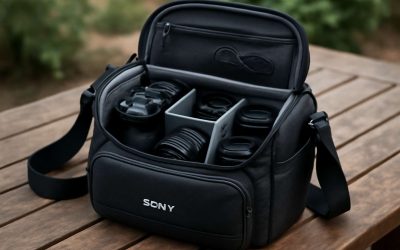
A waterproof camera case is a great way to protect your camera and lens from damage when you take it underwater. However, you should choose a case that is built for your camera model, as well as for water depth and other factors. This will ensure that your camera works properly and that you can take quality photos in water.
There are a number of different types of waterproof cases, including those that are specifically designed for action cameras. Unlike a case for a DSLR, you will find that these are much smaller. In fact, they often only have small sensors, as opposed to DSLRs. While they may be cheaper, they are not necessarily the best choice for photographers looking to get the most out of their camera.
When buying a case for your action camera, it is a good idea to stick with one that was manufactured by the manufacturer. This will be the most likely to offer you the protection you need, as well as the protection you want. Typically, you will also have access to the controls of your camera, which will be especially helpful when taking photos in deep water.
You will also need to make sure that the case you buy is compatible with your camera and its accessories. Using the wrong kind of housing can result in your gear getting wet, and can lead to broken equipment and even worse, camera failure. If you have a dSLR, it is a good idea to look for a waterproof case that fits into the dSLR’s body. For example, the Lowepro DryZone DF20 is a good waterproof camera case, and it has plenty of features to keep your gear protected.
Another option to consider is the Outex Universal Waterproof Case. This is a durable, watertight, and easy to use case. It is lightweight and easily fits into a pocket. Moreover, it features a reactive touch screen, keeping the screen sensitive to your touch.
You should also look for a waterproof camera case with an airtight seal. These come with desiccant sachets, and they can be placed inside the case. Although they are meant to help maintain the humidity of the water, you should not put them inside a hot place, as it can cause the seal to rupture.
You should also look for an underwater housing that is made of strong material, such as Polyurethane (PU). This will make your gear easier to use and operate. PU is also a recyclable material, so you can feel good about its environmental impact.
The last thing you need is a bulky, unwieldy waterproof camera housing case that takes up too much room in your backpack. On the other hand, if you are a professional photographer, you’ll need a sturdy case that will provide you with the same level of protection when you’re in water as you do when you’re out in the open.
If you are interested in purchasing a camera case that is waterproof and can be used underwater, it is a good idea to consult with a professional. They can tell you what type of protection you need, as well as give you some ideas on how to use the case.



0 Comments